Table of contents

Minimalism emerged around the 1960's as a series of artistic, cultural and scientific movements, which were concerned with using only fundamental elements as a basis for expression. This style grew and reached many areas, until it became a lifestyle and also reached homes, influencing architecture and decoration as well as the way people organize themselves.opt for "less is more".
Excluding excesses and adopting only the essential is the flagship of this lifestyle. Combining aesthetics with functionality, leaving the room emptier so you can feel more comfortable in the space you occupy, and valuing quality over quantity are some of its precepts. Using neutral colors such as white, gray and black, simple geometric shapes, multifunctional furniture and fewprominent elements, minimalist decoration brings the impression that "everything is part of everything".
See_also: How to assemble and decorate a modern kitchenOrganization is essential for a minimalist space. Each object in its place of origin, without excesses in the decoration, are some of the cares that bring balance to the environment. To apply minimalism through organization, you can use a method called declutter - also known as destralhe -, which consists in evaluating your belongings and keeping only what brings you happiness, what isreally necessary.
5 steps to set up a minimalist decoration
According to the personal organizer Talita Melo, from Kiiro - Organiza e Simplifica, a minimalist decoration can be achieved through the following steps:
- Select:
- keep in the environment only that which is functional and brings a sense of well-being. Anything that does not fit into this category should be discarded. One tip is to get rid of those objects that are visible but have no practical function.
- Clean: do a total clean. Clean the furniture, change the paint, remove furniture with no essential function, eliminate excesses from the environment.
- Plan: when recognizing the environment and the new volume of items, choose a space for each thing, prioritizing functionality, fluidity, and adequate measures. Use and abuse of products that optimize space, taking advantage of all the furniture's internal space, since minimalism prevails surfaces without many objects, with a more "clean" style.
- Organize: each thing will have its specific place, preferably placed inside each piece of furniture for easy access, but without necessarily being a decorative object.
- Decorate: Every object that is left should be elevated to that level of great well-being and functionality. So even if your room has only a bed and a mirror, they should shine, convey relaxation, tranquility, and personality.
Inspirations of minimalist environments
Talita also states that minimalist decoration and organization are eternal allies, since both aim primarily at well-being, but also seek to provide more space and functionality to the environments. That's where the minimalist style becomes the best partner for organization: uniting these goals to aesthetics.home:
Minimalist Bedroom
A simple environment is not necessarily an environment without life, without color or grace, but one that has the essentials to bring comfort and functionality. In the bedroom, invest in the design of the furniture with essential functions: such as bed, bedside table, lamp, closet, and mirror.
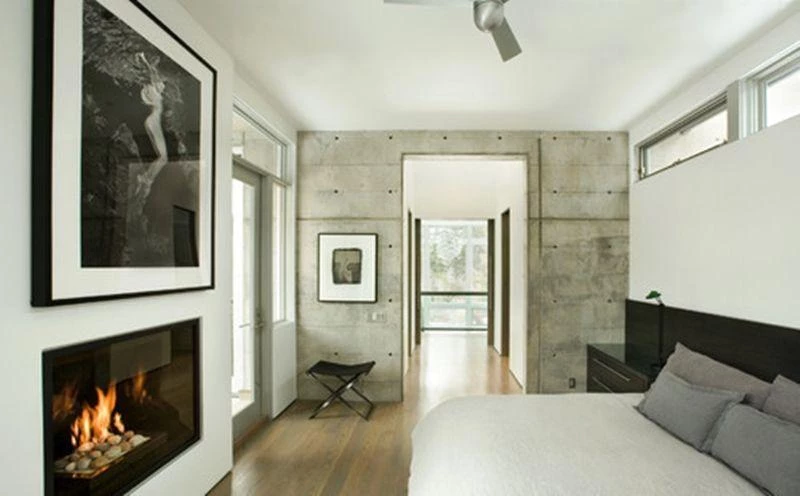
Photo: Reproduction / Kaegebein Fine Homebuilding

Photo: Reproduction / Found Associates
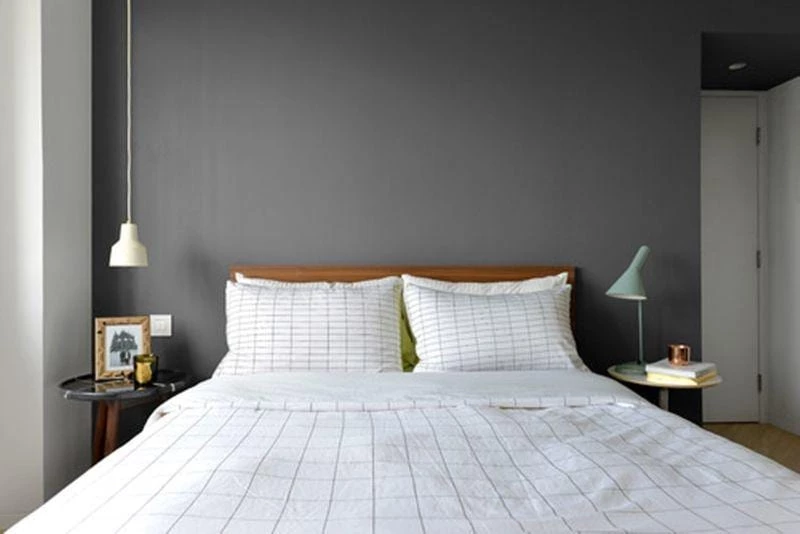
Photo: Reproduction / Hoo Residence
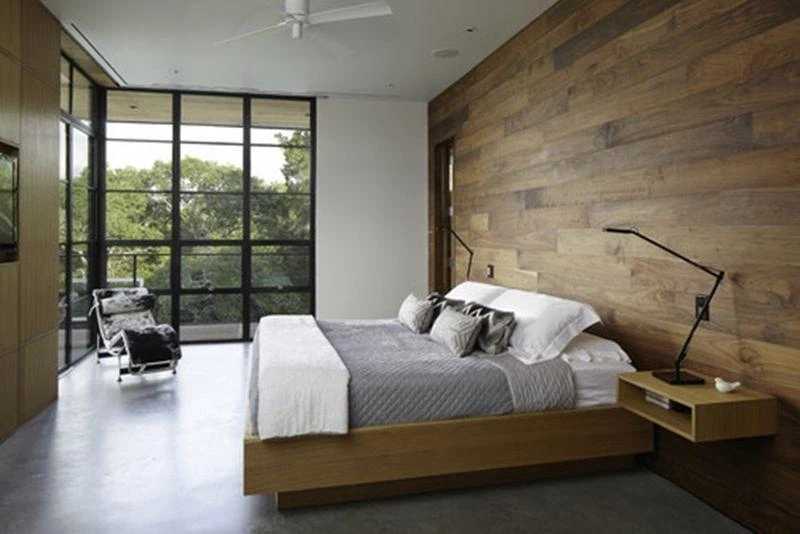
Photo: Reproduction / Cornerstone Aschitects
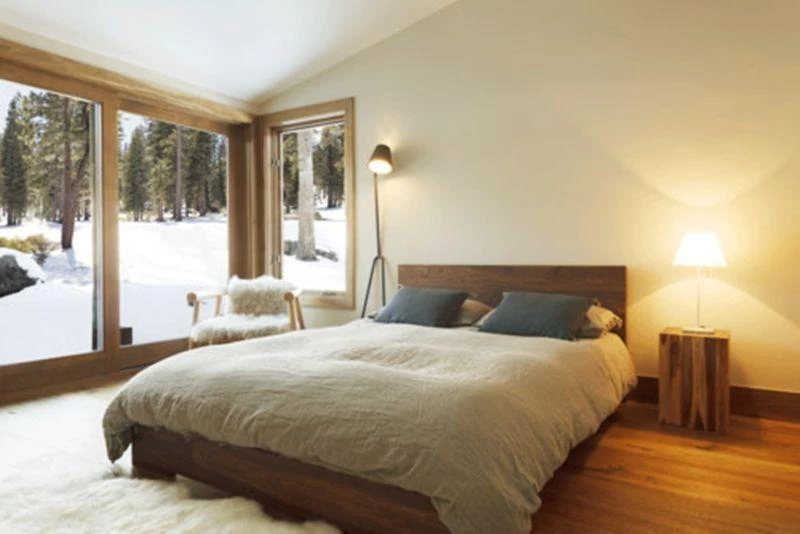
Photo: Reproduction / Sage Modern
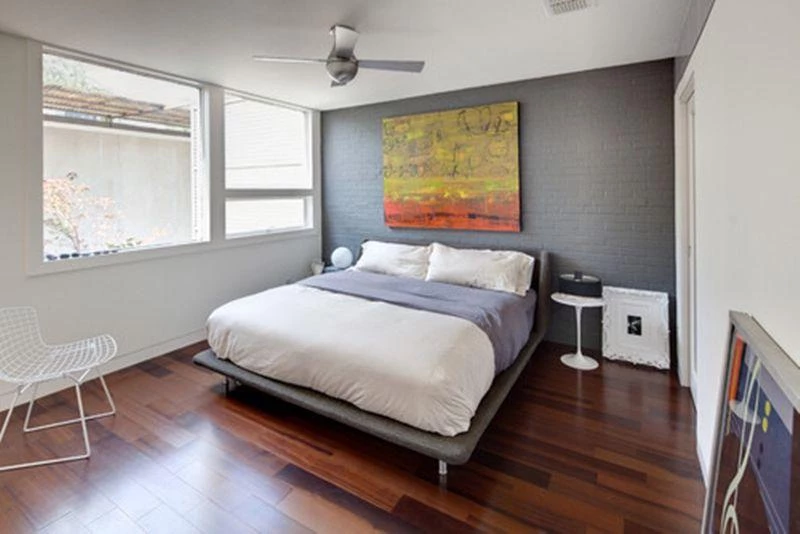
Photo: Reproduction / A. Gruppo Architects
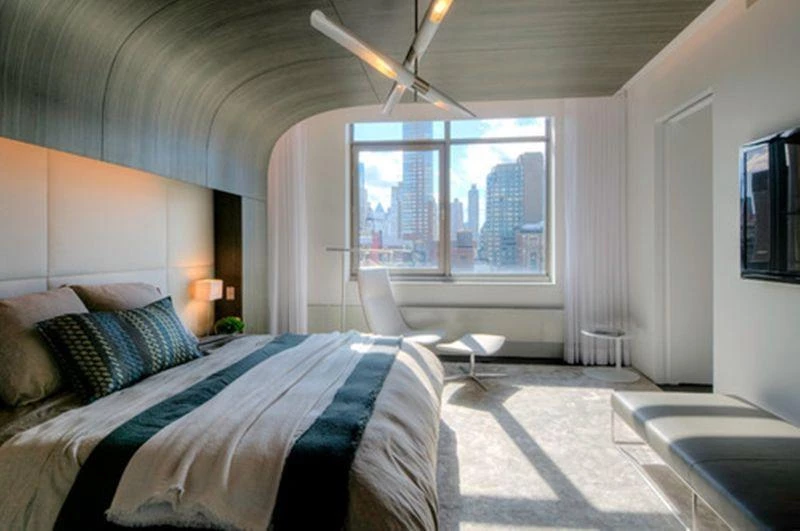
Photo: Reproduction / West Chin Architects & Interior Designs
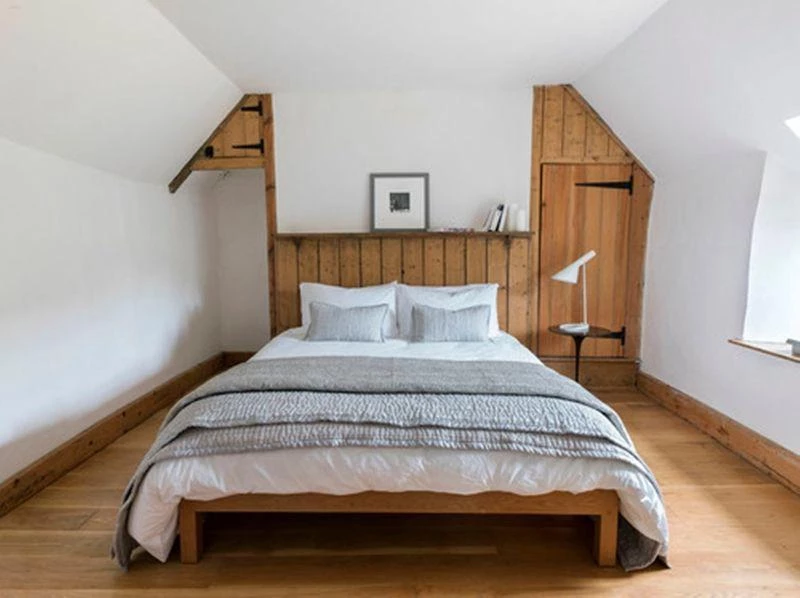
Photo: Reproduction / Found Associates
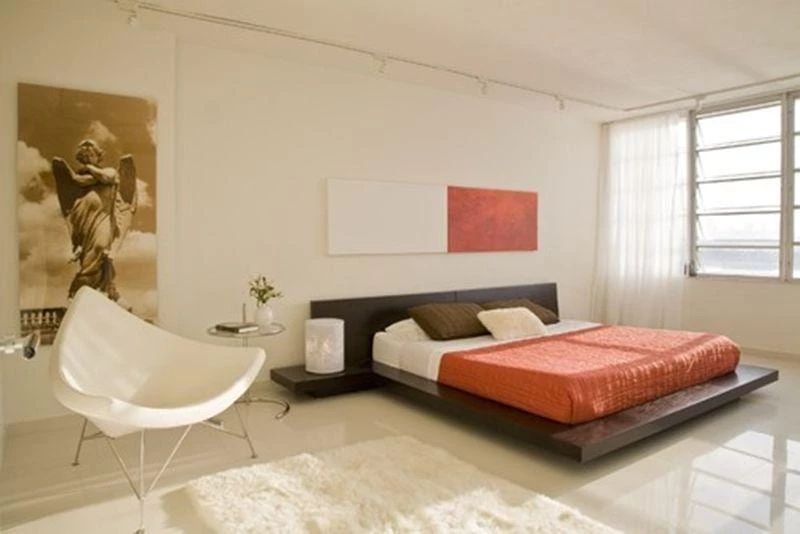
Photo: Reproduction / Forma Design
Furniture with straight lines and neutral colors guarantee the minimalist style.
Minimalist room
As the living room is usually a room with more elements, the rule of thumb is to leave only the essentials visible. Points of color make the room more cheerful and welcoming to guests.
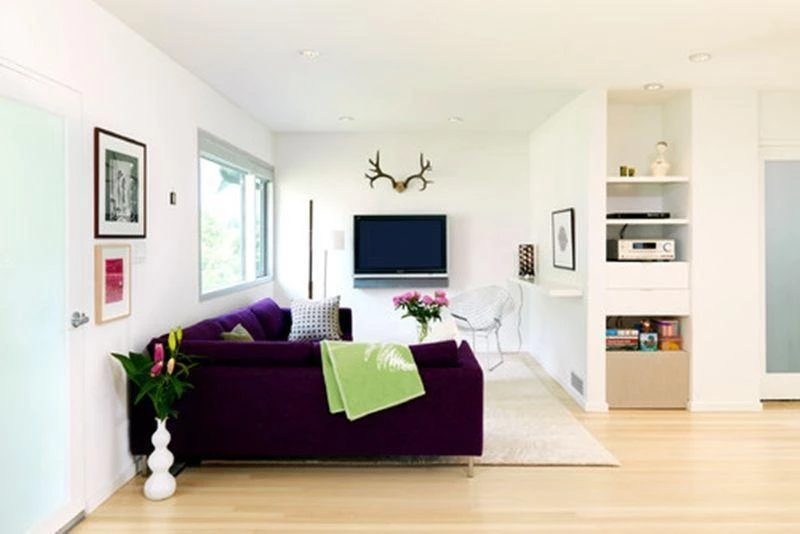
Photo: Reproduction / P+A Interiors Inc
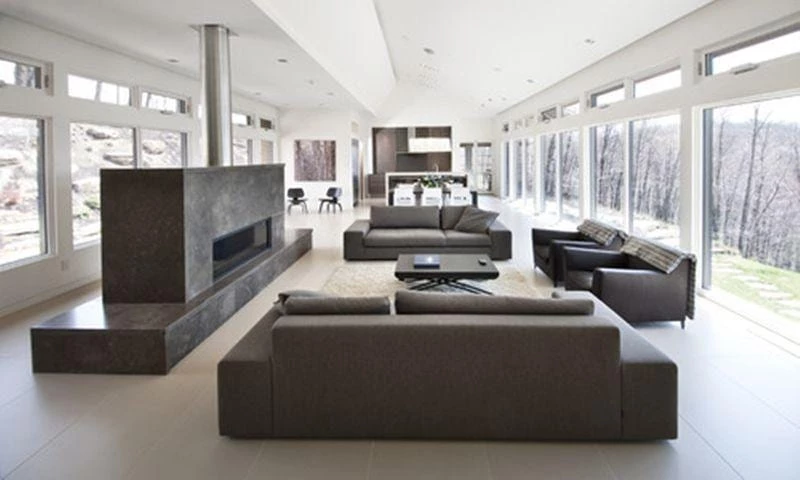
Photo: Reproduction / First Design Interiors
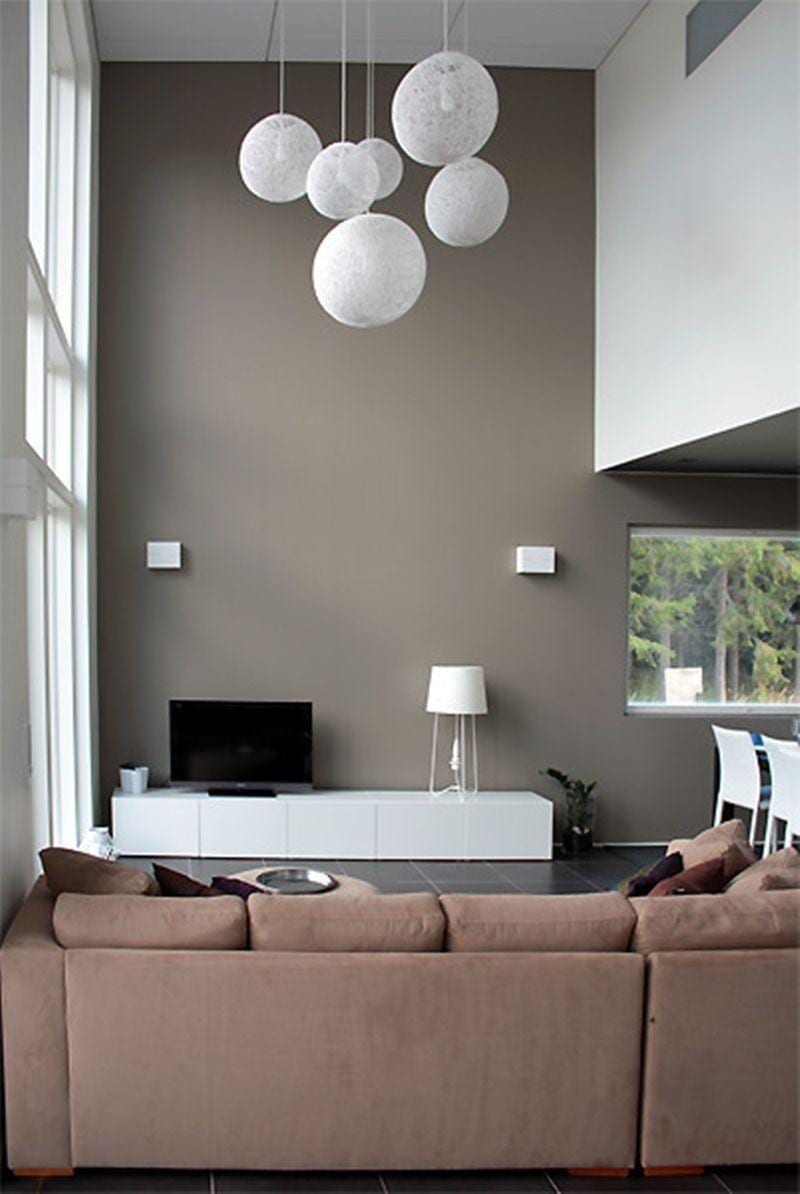
Photo: Reproduction / Avico
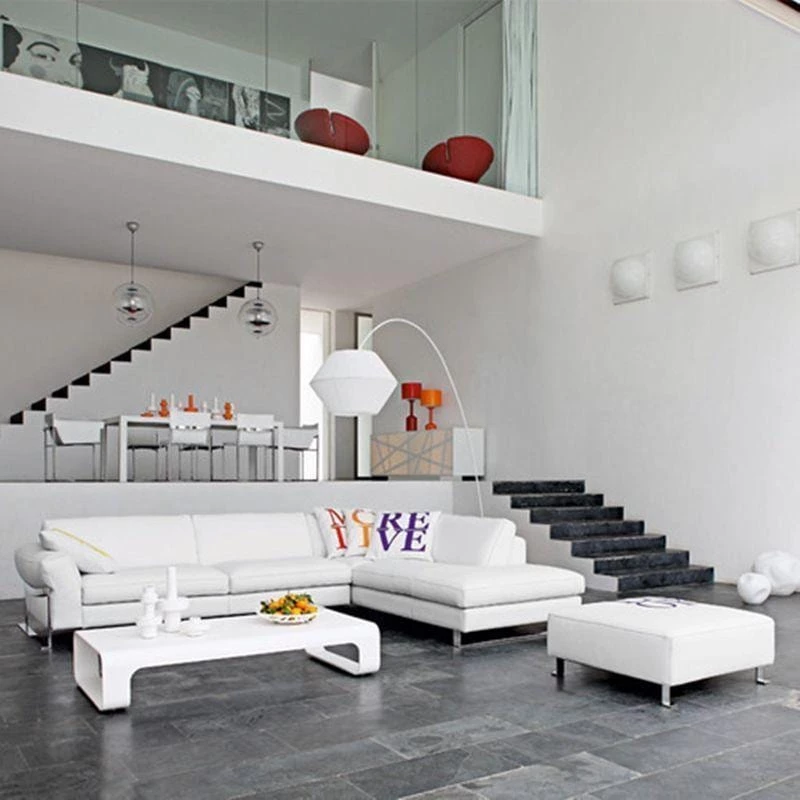
Photo: Reproduction / Patrick Patton
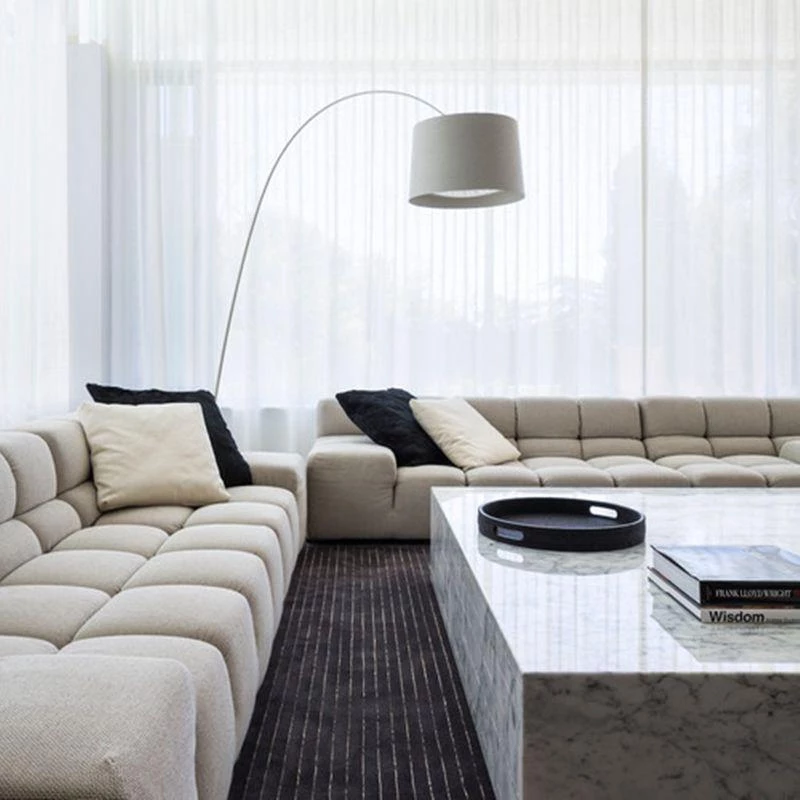
Photo: Reproduction / D'Cruz
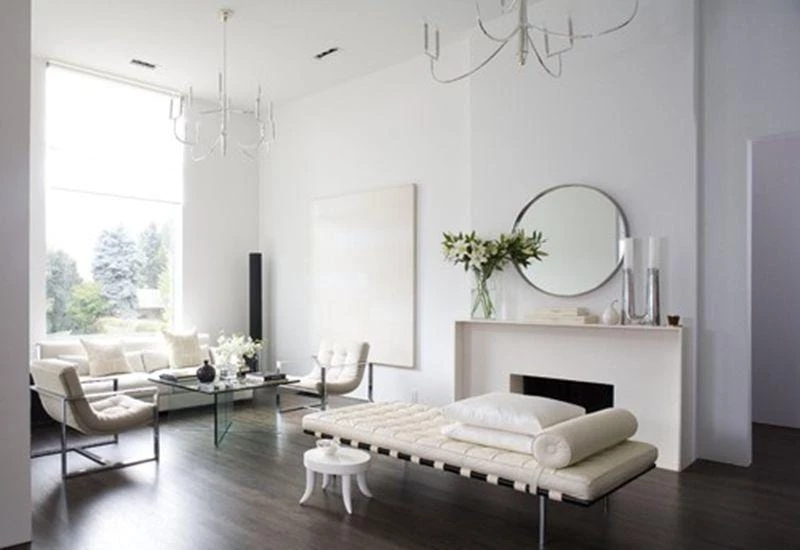
Photo: Reproduction / Designer Premier
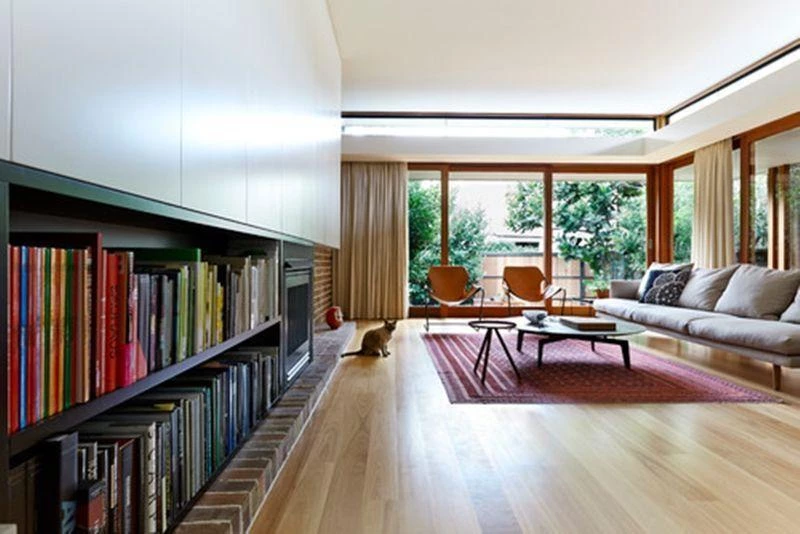
Photo: Reproduction / Downie North
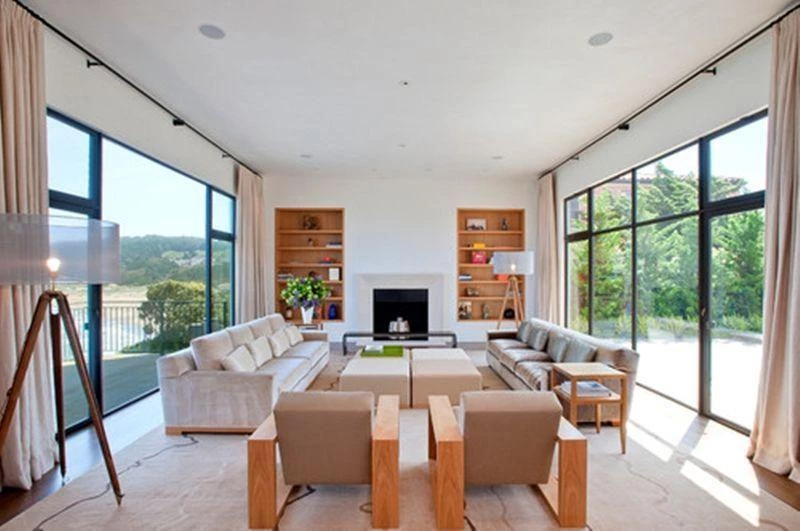
Photo: Reproduction / Butler Armsden Architects

Photo: Reproduction / BKDP Design
One cannot forget the functionality of the furniture, bringing comfort and beauty to the environment.
Kitchen
Still using neutral colors, being a space for family and friends to gather, the kitchen must convey cleanliness and be functional.
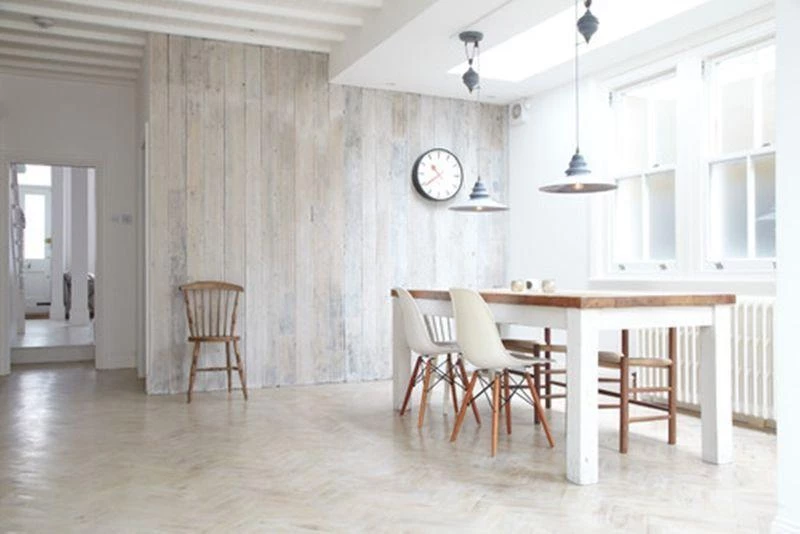
Photo: Reproduction / Blakes London
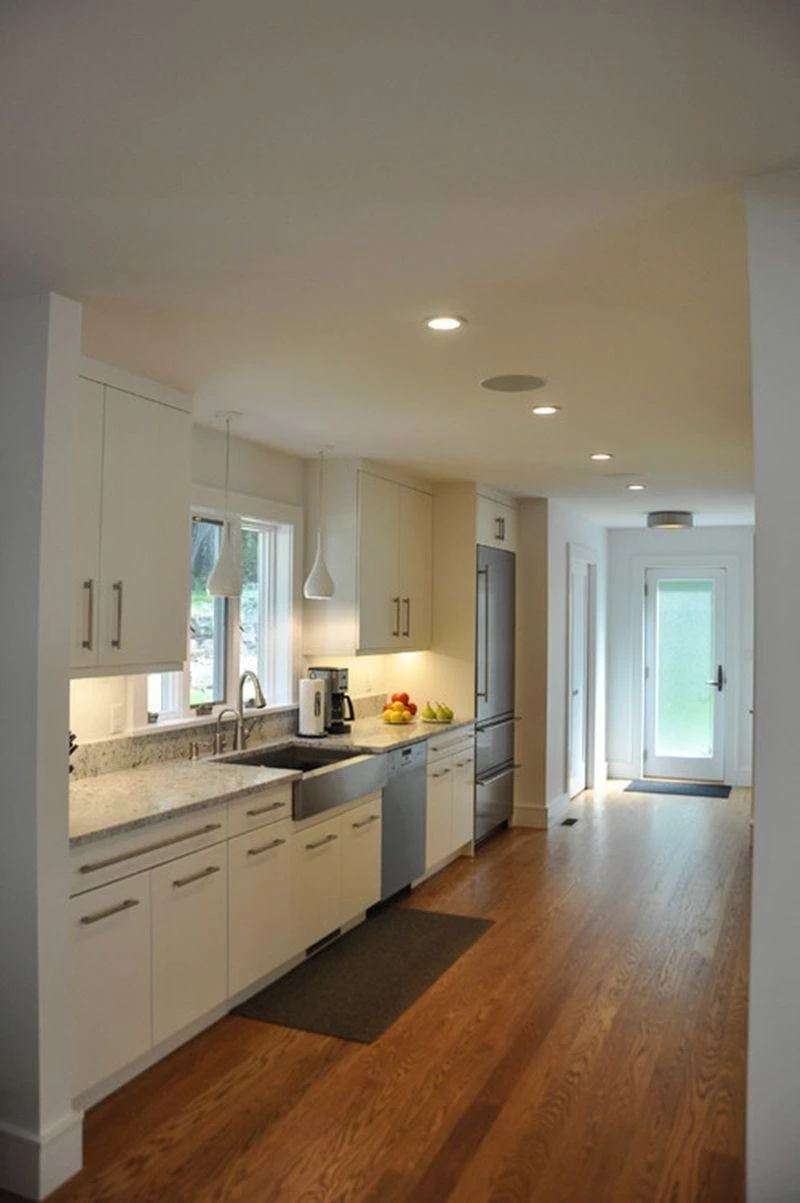
Photo: Reproduction / Serge Young
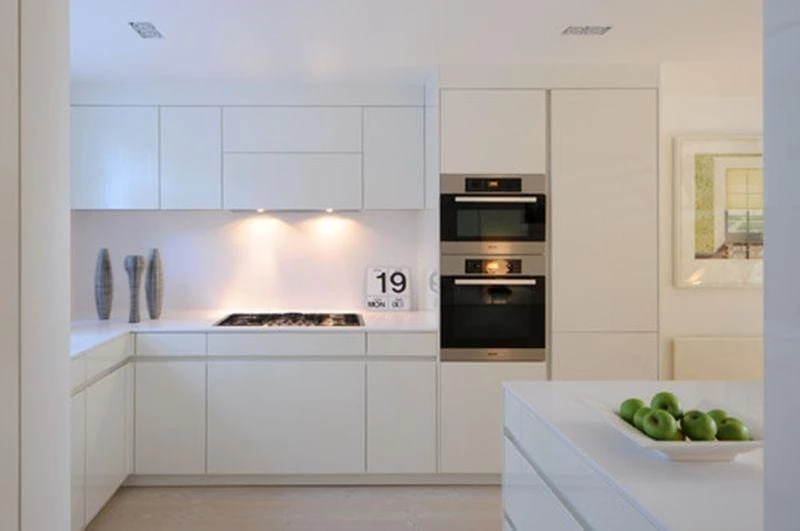
Photo: Reproduction / TG Studio
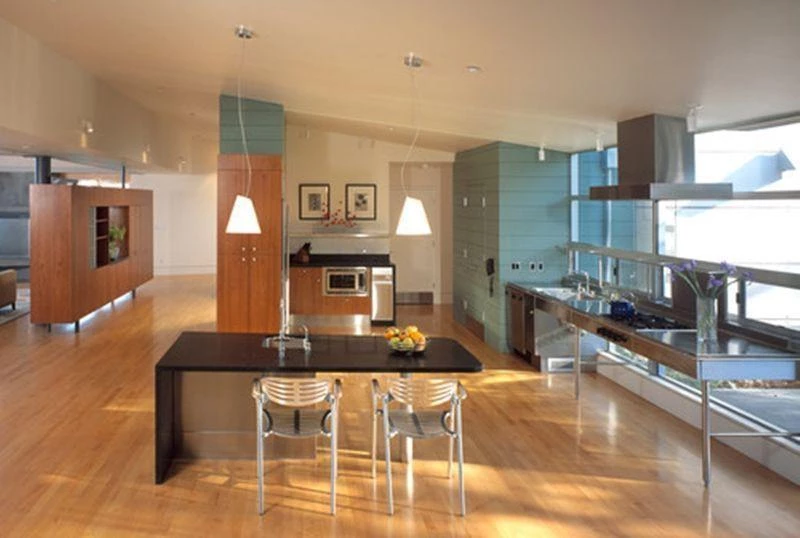
Photo: Reproduction / Min Day

Photo: Reproduction / Alexander & Co.
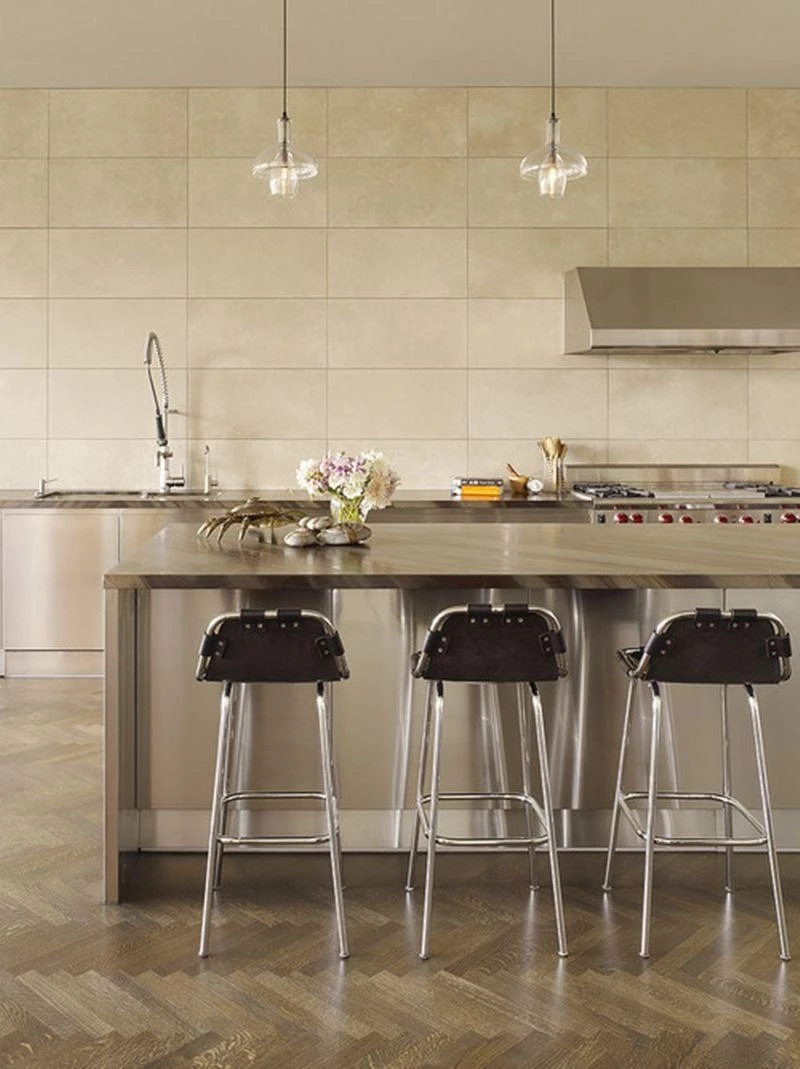
Photo: Reproduction / Redmond Aldrich Design
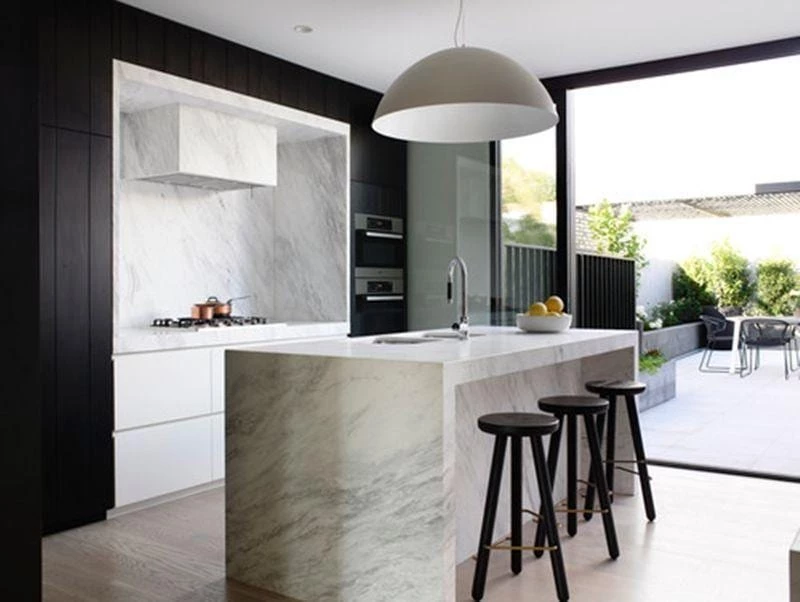
Photo: Reproduction / Mim Design
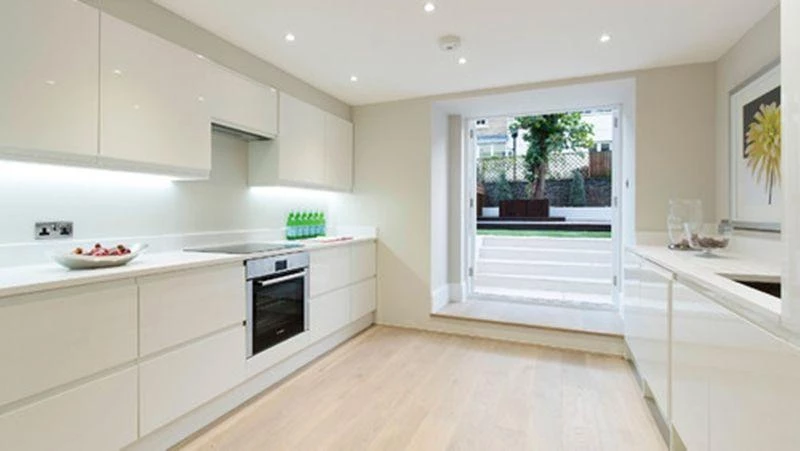
Photo: Reproduction / Emblem Furniture
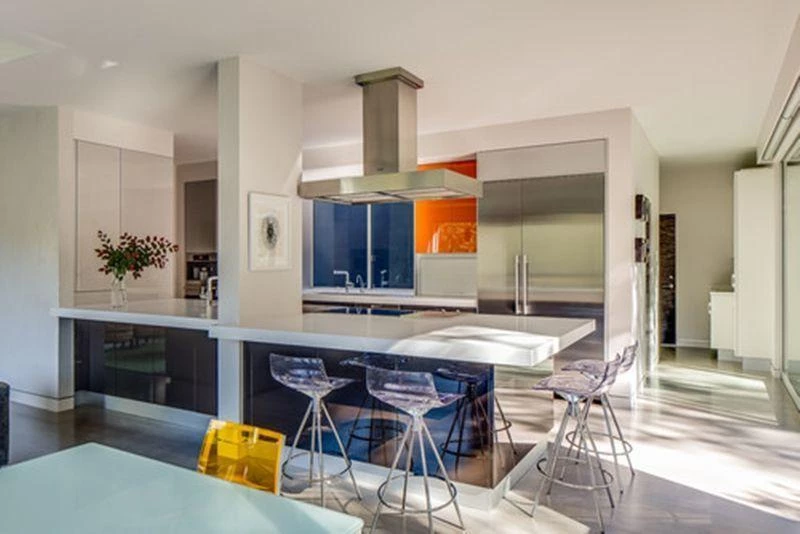
Photo: Reproduction / Applegate Tran Interiors
Leave only the appliances you use most visible, as this is an efficient way to complement the decor and make meal preparation easier.
Small Environments
By using light colors on the walls, objects in neutral colors, natural light, and mirrors, the small rooms will be even more enhanced. These resources make the place larger and, in union with the organization, the result is a comfortable and refined place.
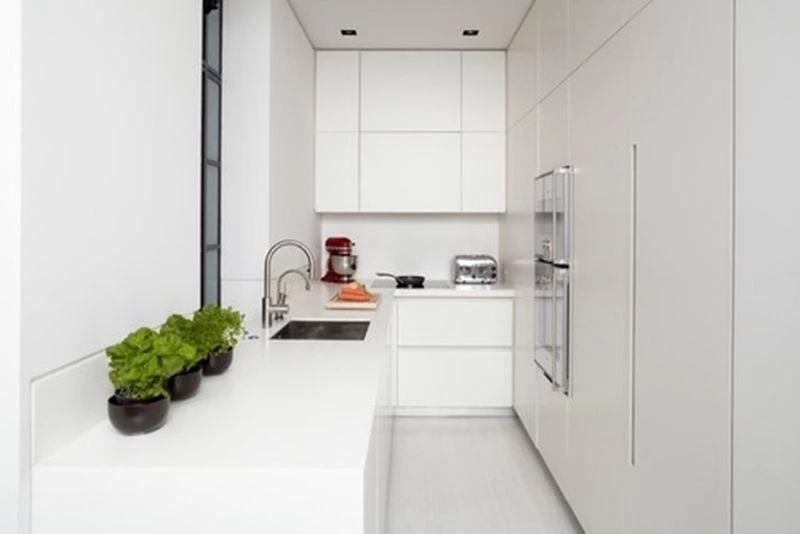
Photo: Reproduction / Trevor Lahiff Architects

Photo: Reproduction / Hill Mitchell Berry Architects
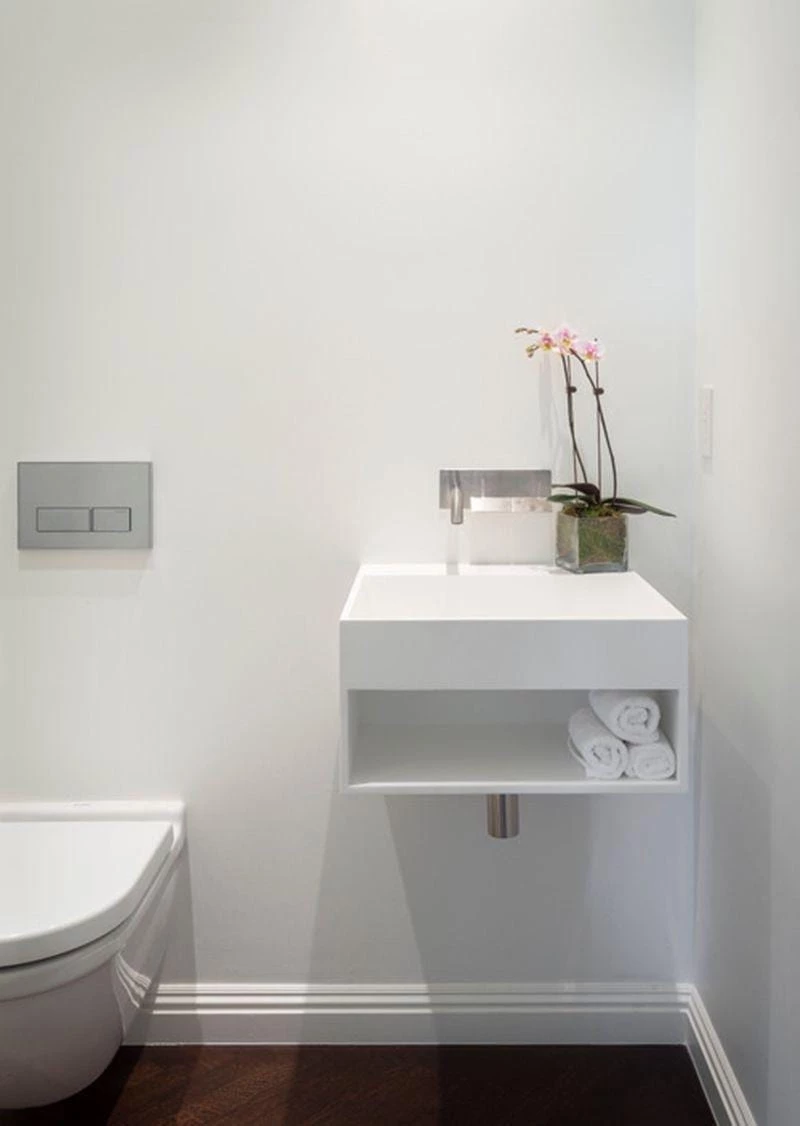
Photo: Reproduction / Design Line Construction Inc.
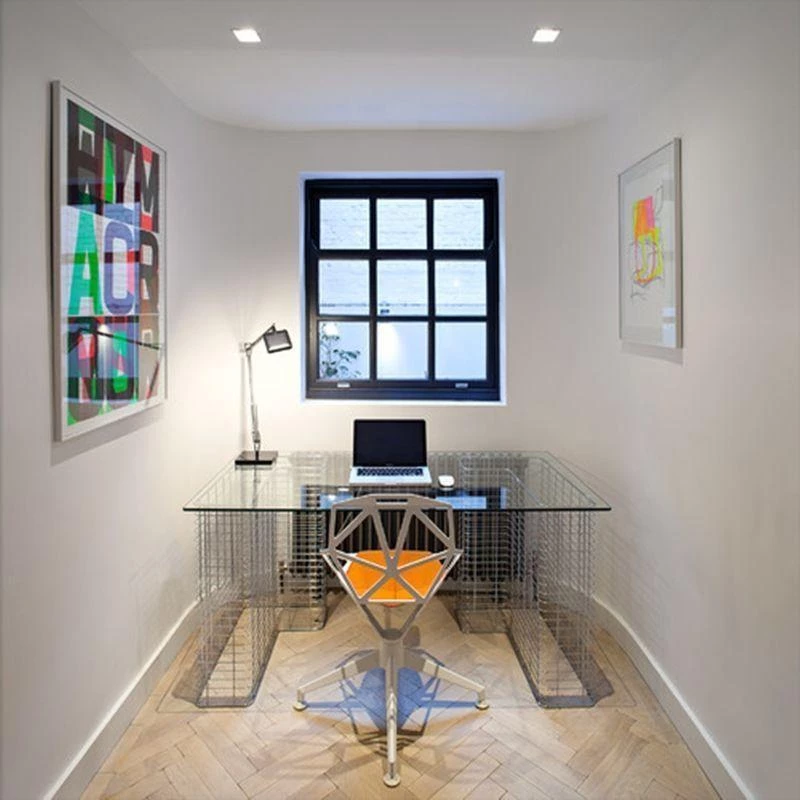
Photo: Reproduction / Maxwell & Company Architects and Designers
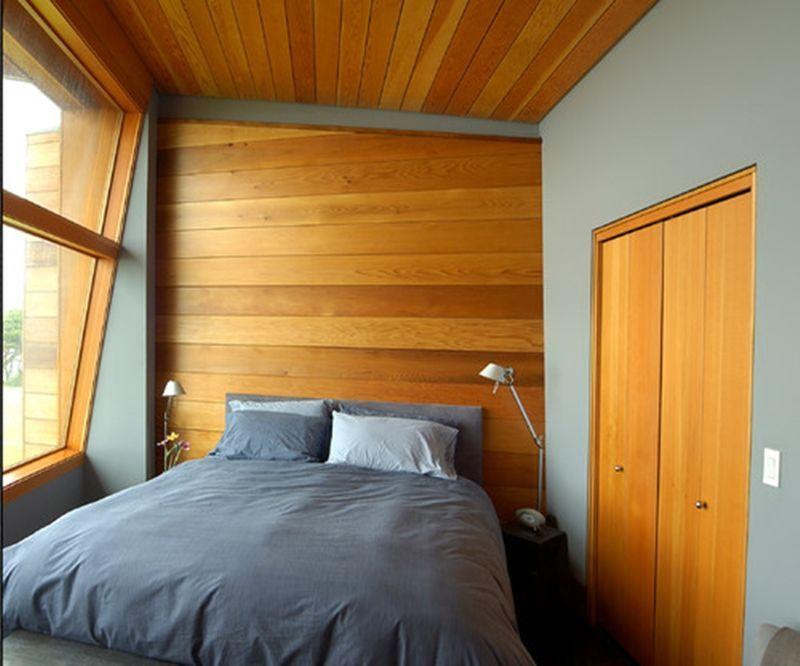
Photo: Reproduction / Johnston Architects
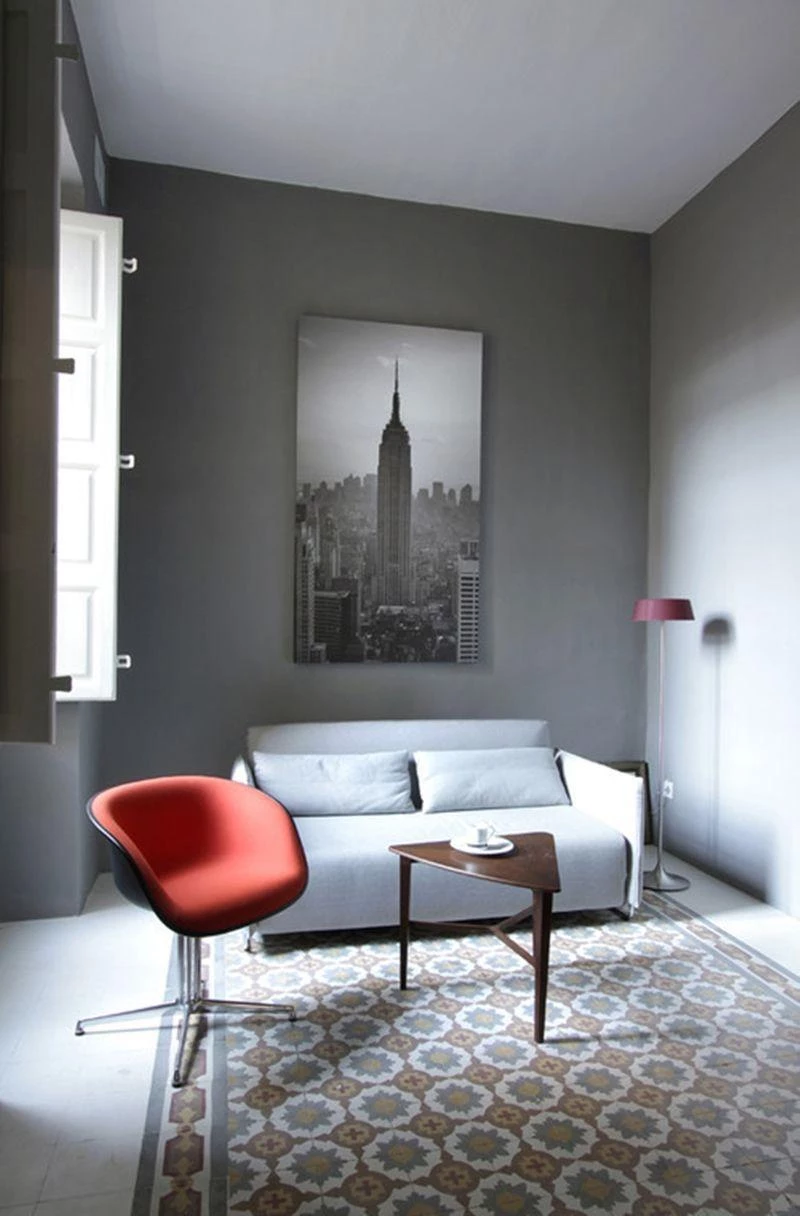
Photo: Reproduction / Chris Briffa
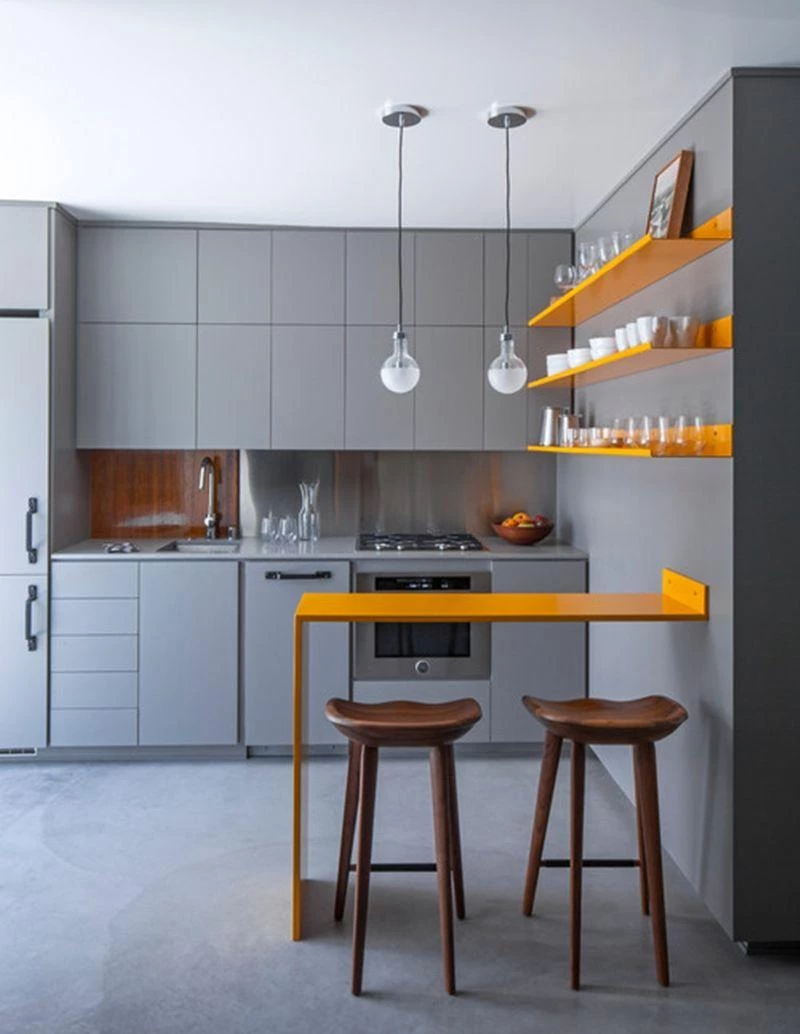
Photo: Reproduction / Vertebrae Architecture + Design
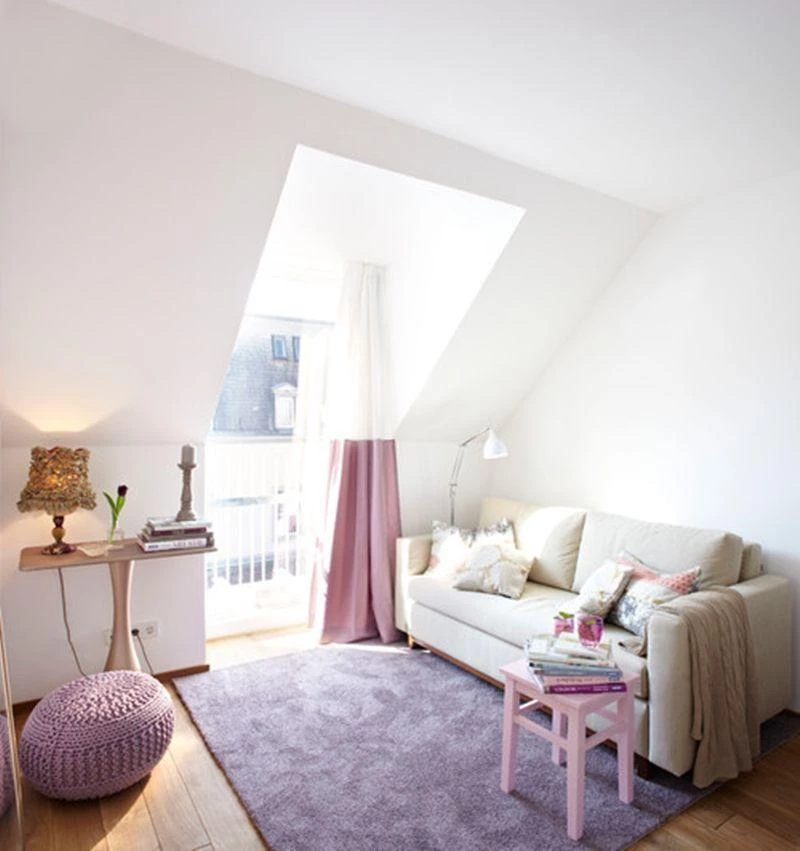
Photo: Reproduction / Ute Guenther
Retractable and multifunctional furniture can be used to help you use fewer decorative elements.
4 advantages of being minimalist when decorating
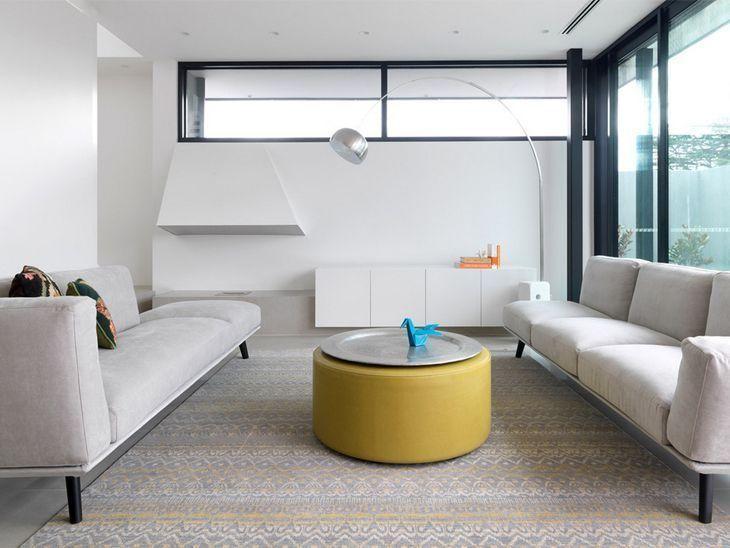
The personal organizer notes that, as the minimalist style rose after World War II, when many people lost almost everything and were forced to learn to live with less; this is probably the keynote of the times of crisis. Talita also cites the importance of minimalism due to new properties on the market being smaller and smaller. Some advantages of minimalism indecoration:
- Economics:
- Because the color palette is smaller and with more neutral tones, the environment has more space for natural lighting, eliminating expenses with electricity.
- Cleaning: by having less furniture and decorative objects, cleaning becomes easier and faster, something that would not happen with a decoration full of details and objects.
- Freedom: By letting go of decorative elements that have no functionality, you will learn to value the little things, what is really necessary.
- Tranquility: an organized environment without visual pollution brings a sense of calm and increases productivity.
8 frequently asked questions about minimalist decorating

Still unsure whether or not to adopt minimalist decoration? Personal organizer Talita clarifies the most frequently asked questions on the subject:
1. Does minimalism limit the use of colors in rooms?
According to Talita, although the minimalist style revolves around white, black, gray, and other neutral tones, this can figure as a base for one or two points of emphasis, such as a single yellow, red, striped, or purple object, avoiding visual pollution.
2. May I still have decorative objects on tables, chests of drawers, and dressers if I want to go for the minimalist style?
Even in minimalist decoration, the use of objects as decorative elements is possible: "One alternative is to use appliances to decorate, they take on the role of a design object or even a work of art and have a reason to be there. Of course, a book or a design object, even if not necessarily essential to everyday life, can be optimized with focused lighting,Plants or flower arrangements also bring freshness and liveliness to the environment", Talita explains.
3) How not to fall into the temptation of accumulating things?
Talita states that this question involves several profiles and factors, but, as a common thread, it is worth looking at each object and asking yourself: "why does it make me happy? If the answer is more related to being than to having, it is a good indication to keep it.
4. how long does it take to get "unstuffed" and achieve minimalism?
For the personal organizer, this factor also includes some variables. There are lines that advocate doing a "detachment" session at once, but experience shows us that habits require a greater investment of time. It takes, on average, three cycles of sorting, so that the relationship of attachment with the objects is easier. Therefore, choosing one room at a time can be an effective way out,especially since that may be your first refuge or inspirational "oasis".
5. Will I need to get rid of my furniture?
Just like the relationship with the objects, it is important to keep only what brings comfort and is necessary. For example, a sofa that comforts the family and visitors, and is usually the center of a room, is a piece of furniture that stays. It is worth questioning whether the china cabinet, the sideboard, or the coffee table are really essential, Talita advises.
6. Is it possible to keep collections in a minimalist home?
Asking what the meaning of that collection is for your life is a valid tip from the professional. If it is fundamental, bet on a creative arrangement. For example, a collection of trolleys arranged in a single box frame, can become a central work of art, enhanced by a spotlight.hundreds scattered on shelves," he suggests.
7. May I use minimalist decoration in small environments?
The minimalist decoration is a great option for small environments, such as living rooms or bedrooms with less than 10m², for example, "I believe that in these environments it becomes even more functional", adds the personal organizer.
8. how to start de-cluttering?
Choose three distinct lines in each environment, using the traffic light rule, for example: in green, only what stays; in yellow, everything that requires some action (repair, give, donate, recycle, sell, change place, etc) and, finally, red: everything that is discarded. This way, unpacking becomes even easier, indicates Talita.
With these steps it is even easier to start the process of unpacking, organizing, and putting the minimalist decorating style into practice. It is worth investing in this lifestyle!


